
Introduction
Sodium cyanide, a chemical compound widely used in industrial and laboratory settings, poses significant Environmental Risks if mishandled. This article explores its Ecological Impacts and discusses sustainable approaches to mitigate harm.
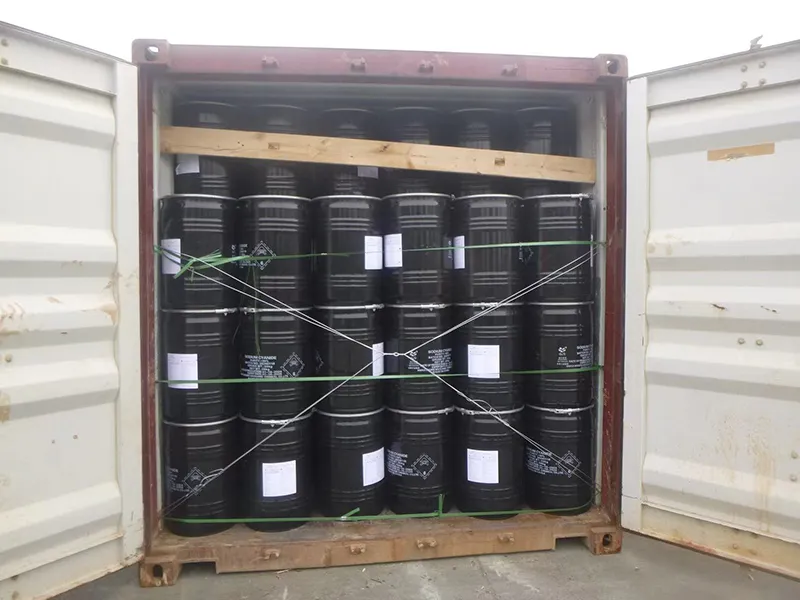
What is Sodium Cyanide?
Sodium cyanide (NaCN) is a white crystalline salt valued for its role in:
Metal extraction (e.g., gold and silver mining)
Electroplating as a degreasing agent
Chemical synthesis and research applications
While essential for various industries, its toxicity demands careful management.
Ecological Risks of Sodium Cyanide
1.Water Contamination
Leaks or improper disposal can seep into groundwater, rivers, and lakes.
Acute toxicity threatens aquatic life, including fish, algae, and microorganisms.
2.Soil Degradation
Persistent residues disrupt soil microbial activity and plant growth.
3.Air Quality Concerns
Inhalation of cyanide dust or fumes harms wildlife and human health.
Mitigation Strategies
1. Industrial Safety Protocols
Stringent storage, handling, and disposal practices to prevent spills.
Regular audits to ensure compliance with safety standards.
2. Regulatory Oversight
Governments must enforce strict environmental regulations (e.g., EPA guidelines in the U.S.).
Penalties for non-compliance to deter negligence.
3. Green Chemistry Innovations
Research into eco-friendly alternatives, such as biodegradable chelating agents for metal extraction.
Adoption of closed-loop systems to minimize waste.
Sustainable Development Perspectives
Proponents of sustainability argue:
Reduction of Hazardous Chemicals: Prioritize safer substitutes to avoid ecological harm.
Circular Economy Principles: Recycle and reuse cyanide where possible.
Transparency: Publicly report emissions and waste management practices.
Conclusion
Sodium cyanide’s industrial utility must be balanced with environmental responsibility. By enforcing strict safety measures, investing in green technologies, and fostering accountability, we can minimize its ecological footprint while advancing Sustainable Development.
- Random Content
- Hot content
- Hot review content
- Oxalic acid for mining 99.6%
- Ammonium Chloride 99.5% Mining Collector
- Cobalt Sulphate Heptahydrate
- Gold Ore Dressing Agent Safe Gold Extracting Agent Replace Sodium Cyanide
- butyl vinyl ether
- Diethylene Glycol
- Sodium alpha olefin sulfonate (AOS)
- 1Discounted Sodium Cyanide (CAS: 143-33-9) for Mining - High Quality & Competitive Pricing
- 2China's New Regulations on Sodium Cyanide Exports and Guidance for International Buyers
- 3Sodium Cyanide 98% CAS 143-33-9 gold dressing agent Essential for Mining and Chemical Industries
- 4International Cyanide(Sodium cyanide) Management Code - Gold Mine Acceptance Standards
- 5China factory Sulfuric Acid 98%
- 6Anhydrous Oxalic acid 99.6% Industrial Grade
- 7Oxalic acid for mining 99.6%
- 1Sodium Cyanide 98% CAS 143-33-9 gold dressing agent Essential for Mining and Chemical Industries
- 2High Quality 99% Purity of Cyanuric chloride ISO 9001:2005 REACH Verified Producer
- 3Zinc chloride ZnCl2 for High Molecular Weight Polymers Initiator
- 4High Purity · Stable Performance · Higher Recovery — sodium cyanide for modern gold leaching
- 5High Quality Sodium Ferrocyanide / Sodium Hexacyanoferr
- 6Gold Ore Dressing Agent Safe Gold Extracting Agent Replace Sodium Cyanide
- 7Sodium Cyanide 98%+ CAS 143-33-9



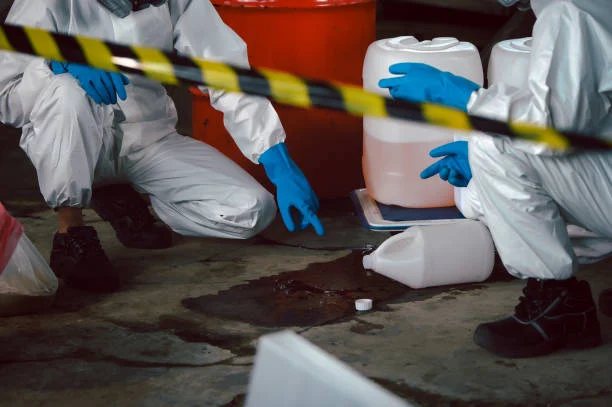
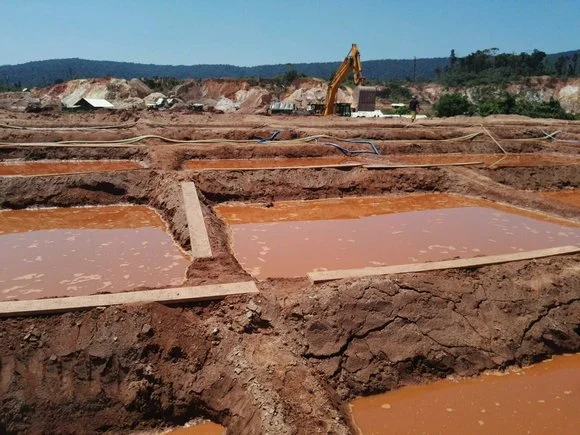

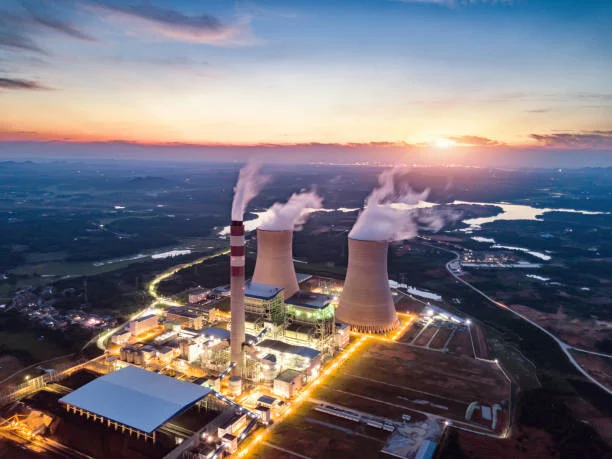

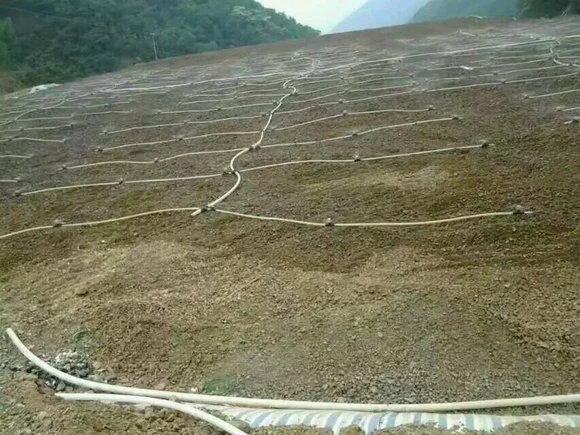


Online message consultation
Add comment: